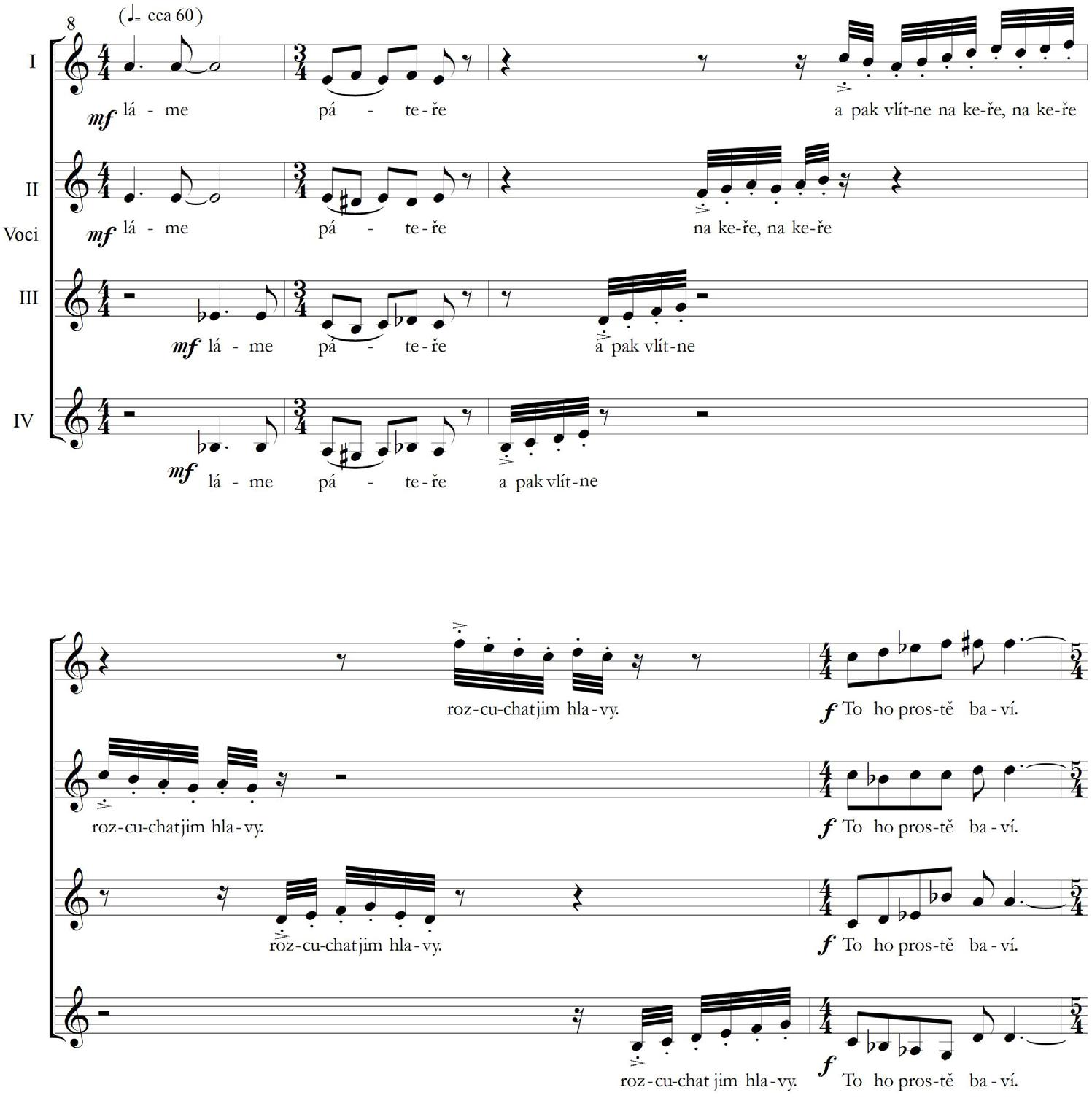příspěvky
Representative forms and genres of secular vocal music in the 16th century IZABELA SZYMA-WYSOCKA
In Renaissance Poland there were professional groups performing “new” repertoire of recognised European composers, although, I believe, it was not as commonly available as today. Professional performers, who improved their vocal or instrumental skills throughout their lives, usually did not have equally extensive knowledge of the newest musical and performative trends or currents, not to mention the information about the historical evolution of music1. However, both the performers and creators of music in the Renaissance were familiar with the variety of musical forms and genres of that time. The performance techniques preserved the stylistic specificity of the repertoire. Despite certain differences between the culture of Italian and French societies, in the 14th century no distinct stylistic differences were observed regarding the discussed musical forms and genres. Composers and theoreticians shared their experiences and discoveries. The music “travelled” together with the performers across Europe. It reached also Poland and other countries in this part of the continent. There was a large group of so-called itinerant musicians (actors and jugglers). In the 15th and 16th centuries, professional musicians were gathering in guilds and fraternities for protection against abuse and persecution from church hierarchs and secular feudal lords. Hieronim Feicht, one of the most recognised Polish musicologists of the 20th century, observed that “if we, for instance, look at the secular polyphonic music (madrigal and song, French chanson, Italian
canzonetta or metric ode), the more than limited number of these works alone indicates that the centres where they were performed were few. Nearly all the polyphonic secular vocal music in the first half of the 16th century is centred around the royal court in Krakow, and partially in Vilnius (also on the courts of the court of the Radziwiłł family and in the place of residence of prince Sigismund, the future king Sigismund the First. Only since the second half of the 16th century we observe a higher number of musical groups sponsored by the magnates (…)”.2 France shared its masterful counterpoint, and Italy – the new forms of song. It was the song with instrumental accompaniment that became the most important form in the Ars Nova period. Ballata, rondeau or virelai were usually three-voice artistic songs for two voices and an instrument, or one voice and two instruments, where the instrument was always the lower voice. Ballata is a song which originated from a dance form, composed of contrasting parts, where the solo part was followed by a choir with a usually cheerful refrain. Francesco Landini (Landino) (ca. 1335–1397) was the master of two or three-voice Italian ballata. Rondeau is a song for two, three or four voices, with a fixed refrain composed of two short phrases on which the entire stanza is based. The name reflects the fact, that the phrases were repeated over and over. A typical form of Italian Ars Nova was caccia. However, the most important form of that period was Italian madrigal, deriving its name from mand-
69











